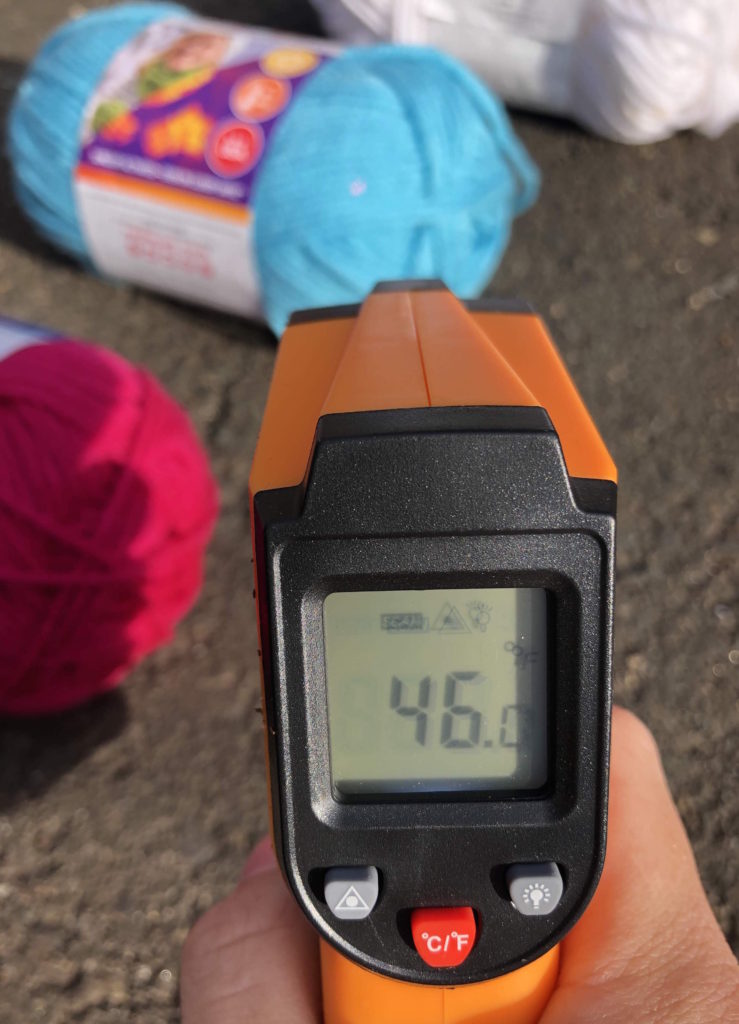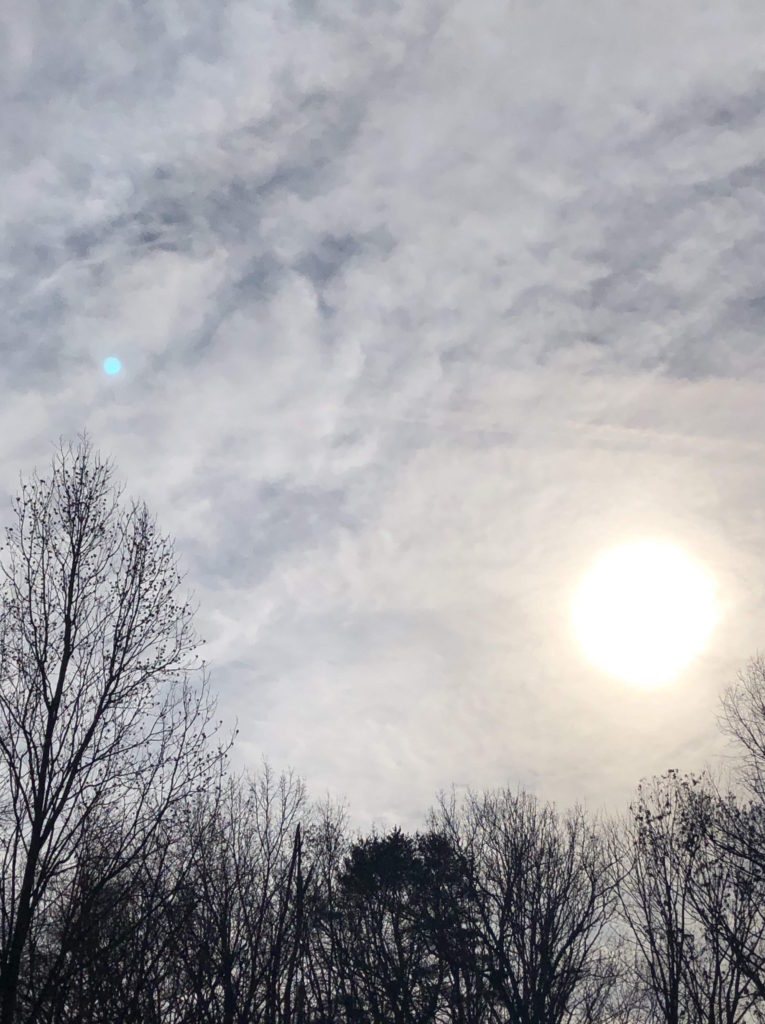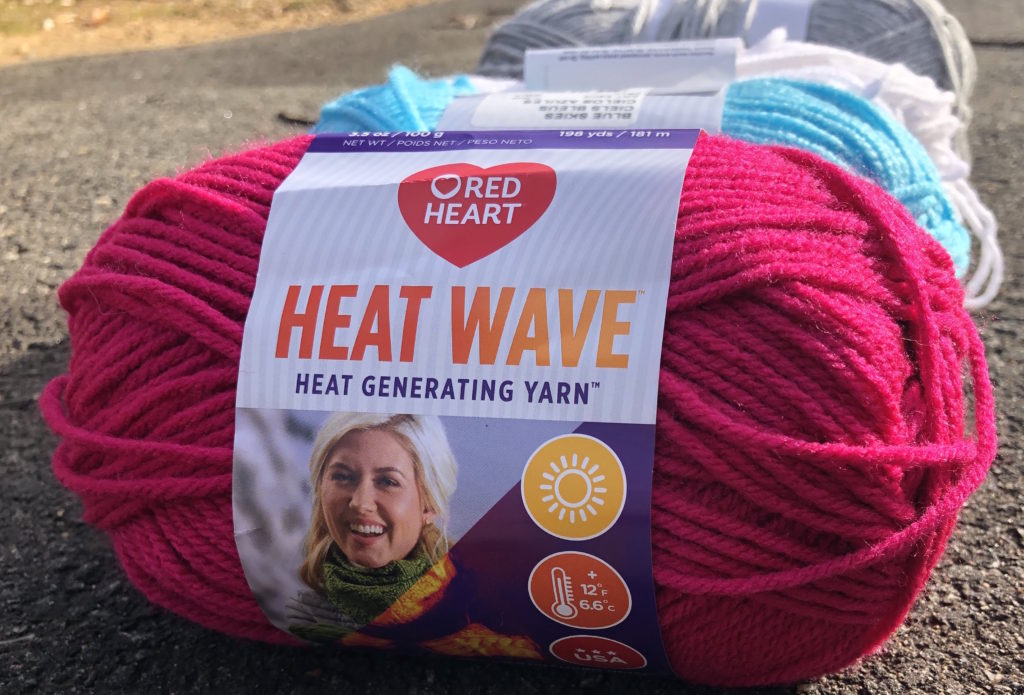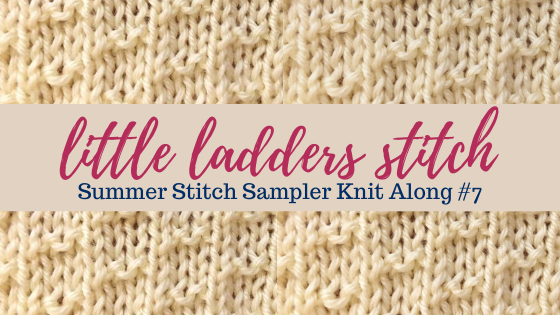Does Red Heart Heat Wave Yarn Work?
A few months ago, I started hearing about a new yarn by Red Heart called Heat Wave. It was launched at the perfect time. It was early fall and all of the knitters and crocheters I knew were starting to plan the projects they’d knit through the following season. The idea of a self-warming yarn intrigued us all. (Clearly Red Heart knows marketing!)
What is Heat Wave Yarn?
Heat Wave yarn is called “self-warming,” but technically it’s sun-warmed. The Heat Wave yarn promise is that it will be much warmer than a traditional yarn of the same weight and fiber. This yarn purportedly heats up 12° warmer than other yarns when it’s exposed to sunlight, even on cloudy days.
No wonder there was so much chatter. The potential seems endless!
Those who knit for charity were encouraged; they remarked that the temperature difference would be significant for homeless recipients of their knitwear.
Others were talking about the benefits for their loved ones who spend time outdoors: children, runners, hunters, and more.
Those who worked outdoors spoke up quickly, too. For the elementary school teacher assigned to bus duty and the woman whose granddaughter worked construction, a bump of a few degrees had definite appeal.
About Heat Wave Yarn
Heat Wave yarn is 100% acrylic. Each ball weighs in at 3.5 ounces (100 g) and is 198 yards (181 m) long. It’s a medium weight yarn with a recommended US size 8 needle (5.00 mm) or size I hook (5.50 mm). The colorways are named to evoke summertime nostalgia, like Ocean, Beach Ball, and Beach Bag.
Red Heart Heat Wave yarn is widely available at big box craft stores. The price point is comparable to other acrylic yarns.
So how does it work? While knitters are speculating that the arrangement of fibers could trap heat or that chemical washes could be the newly employed technology, Red Heart hasn’t shared the secret.
There were even some whispers that this is all just a marketing ploy. Beyond how it works was a more basic question.
Does it work?
I decided to find out for myself.
The Methodology
I should preface this with a caveat: I’m no scientist.
I did do my best to account for variables and I strived for consistency. While I’m sure that any tests done in a lab are far superior to my own, I do think my results are more reliable than anecdotal evidence.
Here’s how it went.
Armed with an infrared laser thermometer gun, I grabbed two skeins of Red Heart Heat Wave — one in Bikini, a hot pink, and one in Blue Skies, a bright blue — and three skeins of another medium weight acrylic. Then I started charting the results.

I didn’t know just how much the darkness or depth of the color of any yarn would affect its ability to absorb sunlight and generate warmth. I suspected a dark yarn would have an advantage over a light one. With this in mind, I used black, grey, and white yarns as controls.
The Variables and Controls
I recorded the temperature of the yarns indoors, both in the shade and in direct sunlight filtered through a window. I also tested it outdoors in both sun and shade.
For each of these tests, I ran three sessions, beginning around 10:30AM, 12:30PM, and 3:30PM.
Each indoor session consisted of an ambient temperature reading, a surface temperature reading (where the yarn was resting), and a temperature reading of each yarn. This was done before exposure to sunlight, upon initial exposure to sunlight, after 5 minutes in the sunlight, and after 10 minutes in the sunlight.
Each outdoor session also consisted of an ambient temperature reading , a surface temperature reading (where the yarn was resting), and a temperature reading of each yarn. Readings were taken upon initial exposure to cool air and in the shade, after 2 minutes in the shade, and after 5 minutes in the shade.
The same readings were then taken upon initial exposure to sunlight, after 5 minutes in the sunlight, after 10 minutes in the sunlight, and after 15 minutes in the sunlight.
Each recorded temperature was actually the average of three consecutive readings. For example, readings of 73.4°, 73.5°, and 73.6° would result in a recorded temperature of 73.5°.
Sunlight was direct; the objects being read must cast a shadow. While indoors, the sun came through a UV-filtering window. Shade was defined as shadowed area without direct sunlight.
The indoor temperature averaged 68.5°. The outdoor temperature averaged 39°. The weather was partially cloudy.

The Results
While indoors, there was a negligible difference between the yarns. After 5 minutes in sunlight through my living room window, Heat Wave yarn was 2° warmer than the other acrylics. I didn’t think this was significant.
Once moved outdoors, Heat Wave yarn really began to shine.
First, it held onto the heat longer when it was taken into the cold. It had initial temperatures that were 4° higher and that difference held for about 5 minutes. Eventually, all yarn was the same as the ambient temperature.
Next, the yarn was moved into the sun. Immediately, Heat Wave yarn was noticeably warmer. There was an 8.76° difference between the yarns!
After 10 minutes, Heat Wave yarn was 11.2° warmer than the other yarns.
After 15 minutes, Heat Wave yarn was 17.9% warmer than the other yarns, 22.33° warmer than the sunned asphalt, and 27.75° warmer than the ambient air temperature of 39°!
Notes
I did not find any significant differences in performance between Bikini and Blue Skies. The temperature of one was consistently within 1° to 1.5° of the other.
The differences in performance between the colors of traditional acrylic yarn were significant. As suspected, the black yarn outperformed the lighter yarns. After 15 minutes in the sun, the black yarn was 4.4° warmer than the grey and 15.2° warmer than the white.
The temperatures I reported are averages of all yarns in that group. The white yarn certainly brought the numbers down for the traditional acrylics. Despite this, Heat Wave yarn still comes out on top, outperforming the black yarn by 11.35° after 15 minutes in the sun.

Considerations
There are many other factors that could affect this yarn’s performance.
For example, I left the yarn in skeins. Knitting or crocheting it could affect the reading, though I can’t exactly say how. While fabric is less dense than a skein of yarn, it would also have more surface area and thus more exposure to sunlight.
Red Heart specifically says that Heat Wave yarn will also generate heat on cloudy days. I can’t help but wonder if clear skies would have resulted in even larger differences.
The Verdict
Whether the technology is in the spin or the rinse or just good old-fashioned witchcraft, I can’t say. However, I am confident that the claims made about Heat Wave yarn‘s abilities to warm up in sunlight are founded!




14 Comments
Steffi
Thank you for sharing! I used to knit, but have not done so in a few years. I should definitely give it a try – living in Colorado this yarn could come in very handy on a cold but sunny day!
Holly
I visited Colorado in the fall 5 years ago and it is beautiful there! But yes, it was bit chilly 🙂 Let me know how it turns out!
Marie
Impressive research. Well done! You must have taken a statistics class somewhere and retained your knowledge. Thank you for taking the time to do this. I was both amused and impressed.
Holly
Thanks! It was a lot of fun.
Sarah
Very interesting post! I am also a knitter so I find this intriguing! I have never heard of this yarn! I will have to try it! Thanks for sharing!
Holly
I believe it was released in late August or early September. I’m willing to try any yarn once! I hope it is good to work with, too.
Carolyn
I have made men’s beanies and a poncho in the Heat Wave yarn. It works! I liken the result to the cozy warmth you experience when someone hugs you.
The colors are great and it washes and dries in machines successfully.
I recommend this yarn.
Holly
I found it quite soft and easy to work with, too.
Gwyn
I’m intrigued by this concept. Your study is quite scientific and provides the information that I need to move forward with a yarn purchase. Your patterns will help me figure out what to make when the yarn arrives. Thank You!
Holly
Thank you! I tried to include as many variables as seemed reasonable. I don’t know what methodology Red Heart used to determine their figure of 12 degrees, but I’d be interested to find out!
Pat Kelley
Thank you for this post and youre great research.
Holly
You’re welcome! I’m no scientist, but this was actually a lot of fun.
Elaine Morganson
I crocheted hats for friends, they loved them. One friend actually found it to be too warm, then again he is full of hot air…so!
Holly
I think “too warm” is a great endorsement for yarn anyway! 🙂